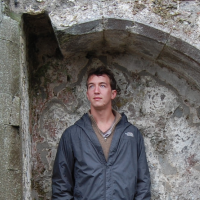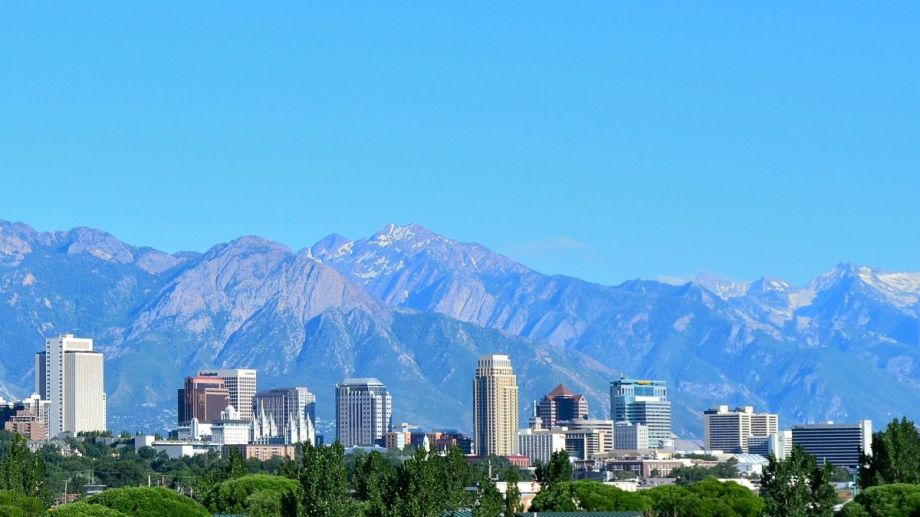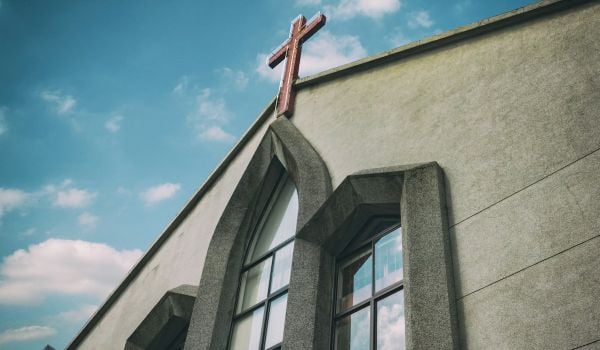Not far from I-215 in Salt Lake City, near the airport, a deep trench cuts through the earth. Though it looks like a sewer repair project, there’s nothing down here but dirt. And dirt, to the trained eye, can reveal quite a bit about a city’s future.
The purpose of this excavation, led by the Utah Geological Survey (UGS), is to determine the history (and the ongoing potential) of earthquakes in the West Valley fault zone. How ready is Salt Lake City, sandwiched between the larger Wasatch Fault and smaller West Valley, for the “big one”? Seismologists hope this trench will help answer that question, one project in a never-ending series to evaluate, with evolving precision, our vulnerability to earthquakes — and in turn dictate how we build our cities.
The “big one,” in Salt Lake City, is expected to come from the Wasatch Fault, one of the best-studied faults on the planet. Its magnitude, based on historical precedents, will be about 7.1 — slightly larger than the 6.9 Loma Prieta earthquake that hit the Bay Area in 1989, and 10 times stronger than the Christchurch earthquake of 2011. According to a study released this summer by the Utah chapter of the Earthquake Engineering Research Institute, “big ones” on the Salt Lake segment of the Wasatch Fault tend to occur every 1,300 to 1,500 years. The last one occurred 1,400 years ago.
Just across town from the Wasatch, meanwhile, lie a number of smaller faults that together form the West Valley fault zone. For the past five years, scientists at the UGS have been digging trenches here to try to understand how quakes emanating from this side of town might be related to those from the foothills of the mountains. The essential question, according to Mike Hyland at the UGS: “To what degree does the West Valley Fault move on its own, to what degree is it an independent source of earthquakes? More often than not, it moves, possibly, at the same time or is trigged by movement on the Wasatch Fault.”
That there remains some uncertainty about that connection is a function of seismology’s dating process. Modern-day earthquake scientists were able to date the Cascadia Earthquake of 1700, for example, to a year (with the help of tree rings in Washington State) and a day (with historical records from Japan, where the tsunami hit). Rarely do the pieces fit together so nicely.
In the trenches of the West Valley, Hyland and his colleagues are trying to date quakes that happened thousands of years ago. When there’s sufficient movement along the fault line, it produces what seismologists call surface displacement — a long, small cliff, like the earthquake of a child’s drawing. In the years afterwards, the top of the cliff erodes, tumbling dirt onto the bottom half. When seismologists dig trenches across fault lines, they see buried, wedge-shaped patterns in the earth left by this post-quake erosion. Adjacent organic sediments, sampled for radiocarbon dating, can reveal the approximate year of the earthquake.
That’s how researchers have been able to establish a historical connection between the two faults. But linking West Valley dates to those obtained across town, in order to determine exactly how one fault might react to the other, is still a work in progress. Would both faults go at the exact same time? Could they be separated by a matter of hours, or of weeks?
“What we’re ultimately trying to do is provide data to help us model the degree of ground shaking in a large earthquake,” Hyland says. West Valley may be small compared to the Wasatch, but any discoveries about the relation between them would alter the way that the city prepares.
That’s not a vague idea: Research like this provides the backbone of the municipal codes that dictate how apartments, roadways, transit lines and virtually everything else in the city must be built — or should be renovated. Those requirements are very expensive for property owners, utilities and municipalities (just ask San Francisco) so governments are loathe to move forward on uncertain forecasts. But at the moment, the Earthquake Engineering Research Institute report suggests that Salt Lake is facing the possibility of a $33 billion disaster, with over 2,000 deaths and 84,000 households displaced.
How do hazard experts formulate such a fearsome projection? It all starts in the trenches.
The Science of Cities column is made possible with the support of the John D. and Catherine T. MacArthur Foundation.

Henry Grabar is a senior editor at Urban Omnibus, the magazine of The Architectural League of New York. His work has also appeared in Cultural Geographies, the Atlantic, The Wall Street Journal and elsewhere. You can read more of his writing here.
Follow Henry .(JavaScript must be enabled to view this email address)






_1200_700_s_c1_600_350_80_s_c1.jpg)









